Pre-Air Conditioning Cooling Methods to Beat the Heat
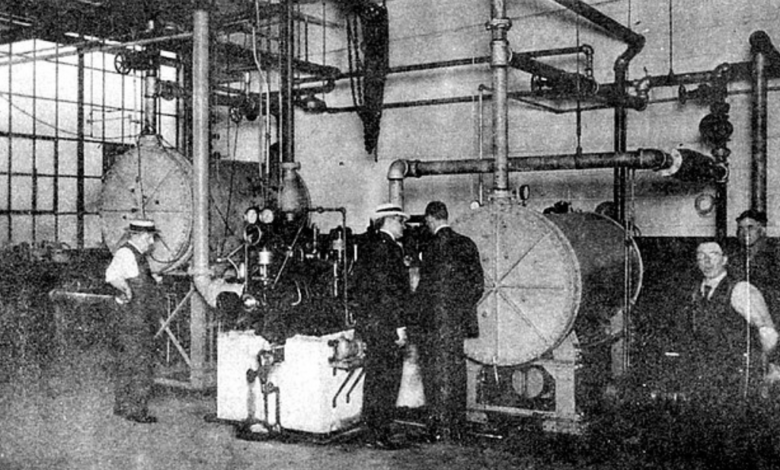
Air conditioning is a modern luxury that many of us take for granted. It’s hard to imagine a summer without the refreshing blast of cold air. However, for much of human history, air conditioning was a dream far from realization. So, how did our ancestors stay cool in the sweltering heat? Let’s travel back in time and explore 11 creative methods people used to beat the heat before the invention of modern cooling systems.
Public Bathhouses

Beyond their cooling features, they were centers of culture and recreation. Their architecture was intricate and purposeful, from mosaic-laden floors to steam rooms. Citizens discussed politics, gossiped, and even conducted business deals here, making bathhouses integral to social life.
Architectural Design
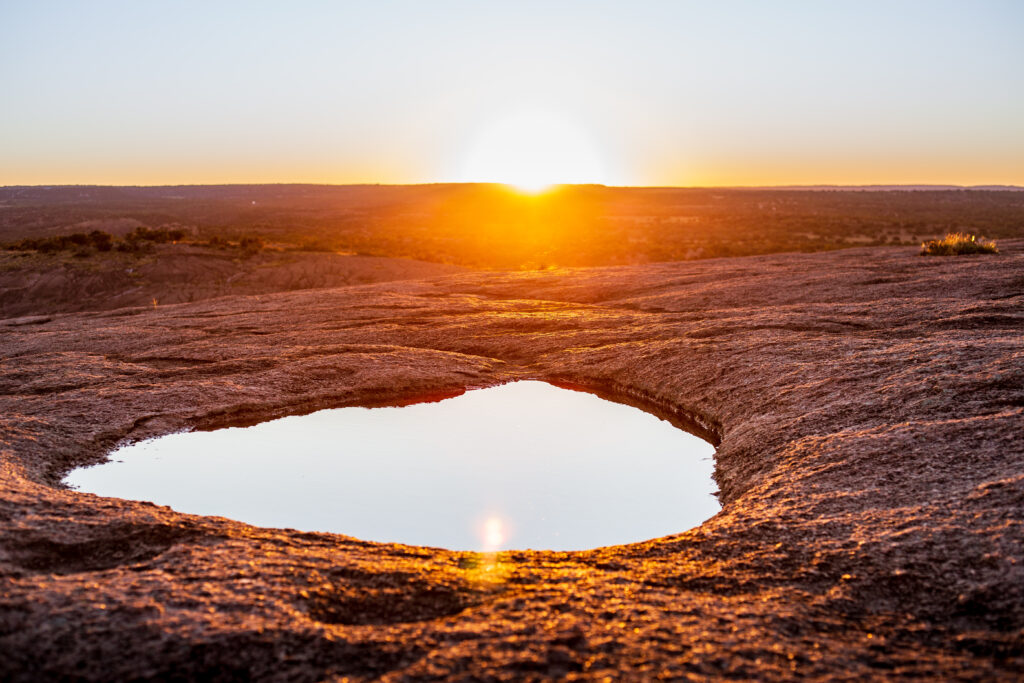
The ingenious designs were not mere coincidences but deep-rooted in understanding nature. Sunlit courtyards, reflective pools, and high ceilings were also commonly employed. These designs celebrated the balance between function and aesthetics, creating comfortable and visually captivating spaces.
Porch Living

The porch was a communal space where neighbors chatted, children played and shared stories. Draped in mosquito nets and furnished with comfortable cots or hammocks, these outdoor spaces embodied southern hospitality and fostered community spirit.
Hand Fans
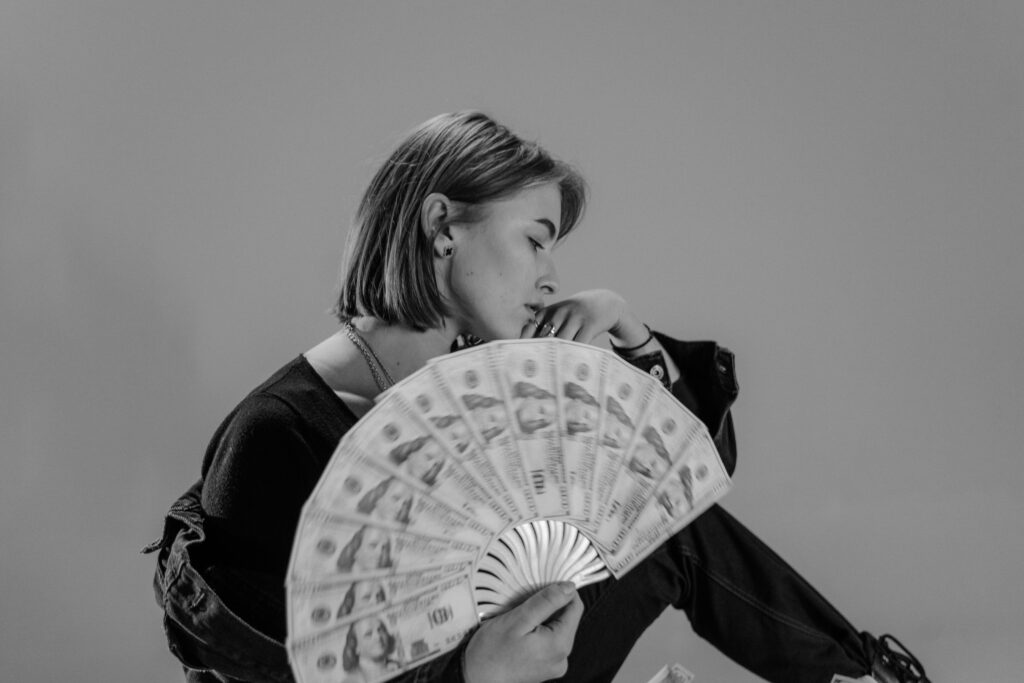
Beyond their practical use, fans became fashion statements and status symbols. In many societies, the intricacy of a fan’s design or materials indicates a person’s social standing. Fans also played roles in communication, with specific gestures conveying messages, especially in romantic contexts.
Aqueducts and Fountains
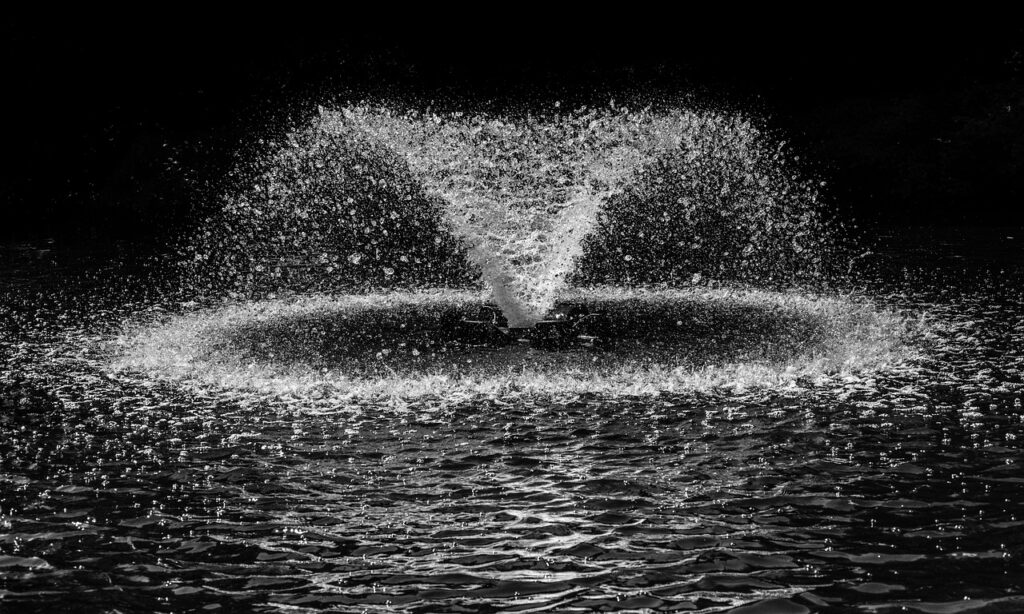
These water systems weren’t just functional but marvels of ancient engineering. The soothing sounds of flowing water also had a calming effect on the bustling urban populace. Fountains often became gathering spots, and their aesthetic appeal transformed cities into places of beauty.
Natural Bodies of Water
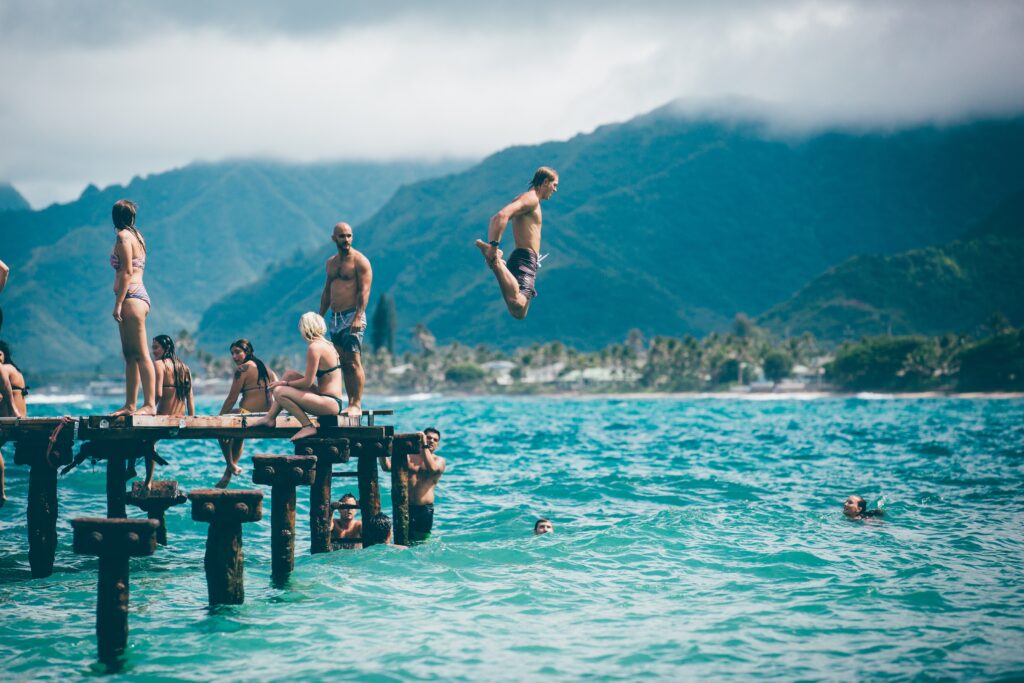
Festivals, rituals, and gatherings often revolved around these water sources. Beaches, riverbanks, and lakesides were venues for picnics, musical evenings, and dances. The cultural significance of these natural sites went beyond just cooling down.
Wearing Appropriate Clothing
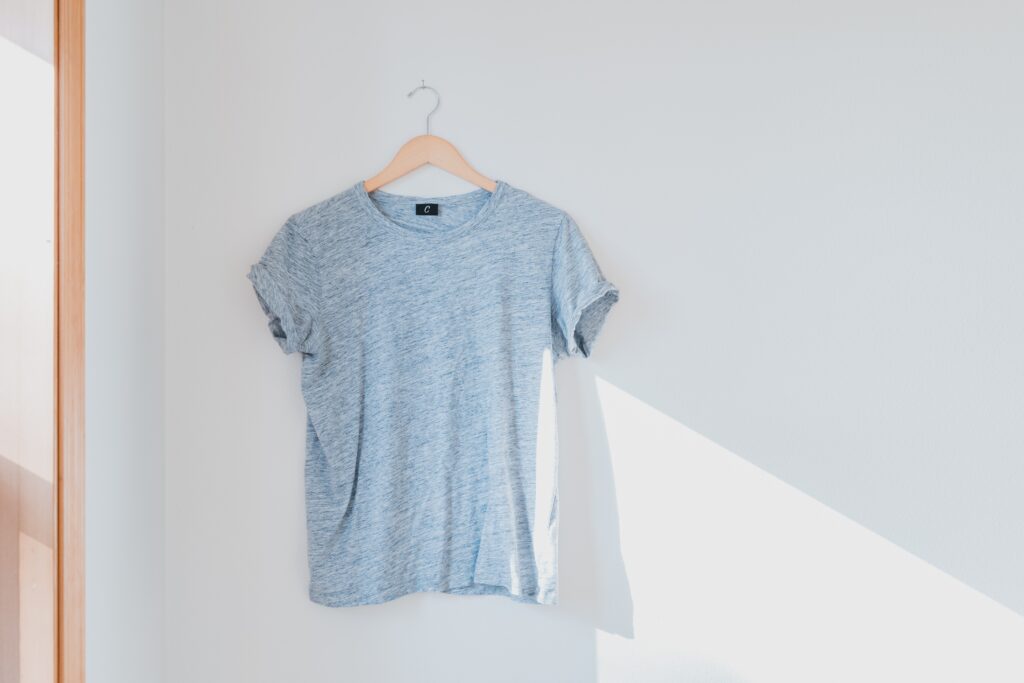
Garments were thoughtfully crafted, with embroidery and patterns that told stories of heritage and identity. In some societies, specific attire was reserved for summer months for comfort and to celebrate the season and its festivities.
Cooling Beverages

These drinks often carried medicinal properties, combining herbs and spices that aided digestion and cooled the body from within. Rituals and ceremonies were built around preparing and consuming these beverages, making them more than just thirst quenchers.
Shade and Greenery
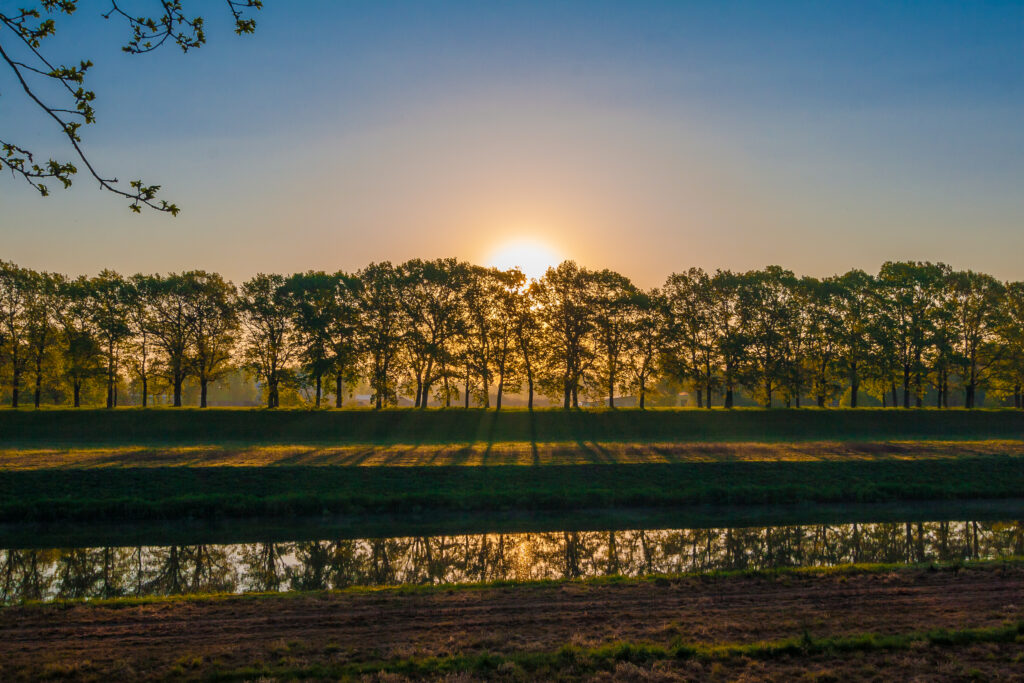
Public gardens and groves were established, becoming sanctuaries for poets, artists, and thinkers. The simple act of walking under a canopy of trees during summer was both a pleasure and a therapy. These green spaces were cherished and meticulously maintained by communities.
Evaporative Cooling

Beyond homes, marketplaces and caravanserais (roadside inns) also utilized this technique. The sight of wet cloths hung at entrances was common, creating a cooling curtain for all who entered. It was a testament to the ingenuity of ancient architects who harnessed nature’s principles.
Ice Delivery and Ice Houses

Collecting and storing ice was a community event. Families looked forward to the summer ice delivery, a sign of relief from the heat. The ice house, often insulated with straw, showcased humanity’s early endeavors in refrigeration.
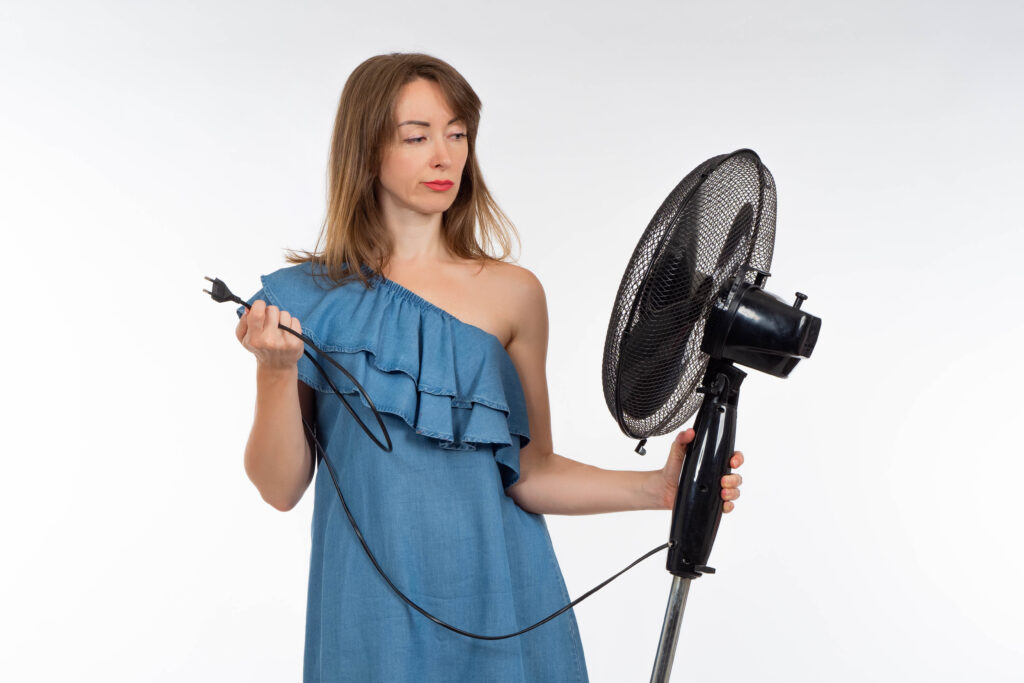
These old techniques underscore humanity’s adaptability and resourcefulness. It’s fascinating to realize that while technology and innovation have made life more comfortable, the basic human instinct to adapt to one’s environment remains unchanged. While the age of air conditioning has made dealing with summer’s heat more bearable for many, understanding these historical methods serves a dual purpose. Firstly, it offers a sense of appreciation for modern conveniences. And secondly, it inspires. As we face the challenges of a changing climate and the energy demands of modern cooling systems, these time-tested strategies might find new relevance in our quest for sustainable and energy-efficient ways to stay calm.
In conclusion, the history of staying cool is a testament to human ingenuity. Whether it’s the architectural marvel of Roman aqueducts or the simple, timeless logic of loose-fitting clothing, these methods remind us that sometimes, the best solutions have already stood the test.
Disclaimer
This article is for educational and informational purposes only. While HistoryReveal.com strives for accuracy, historical interpretation may vary, and readers are encouraged to consult additional sources for deeper study.